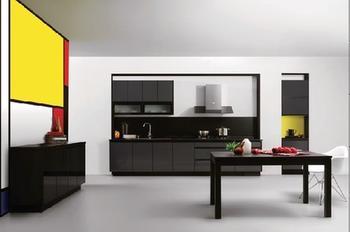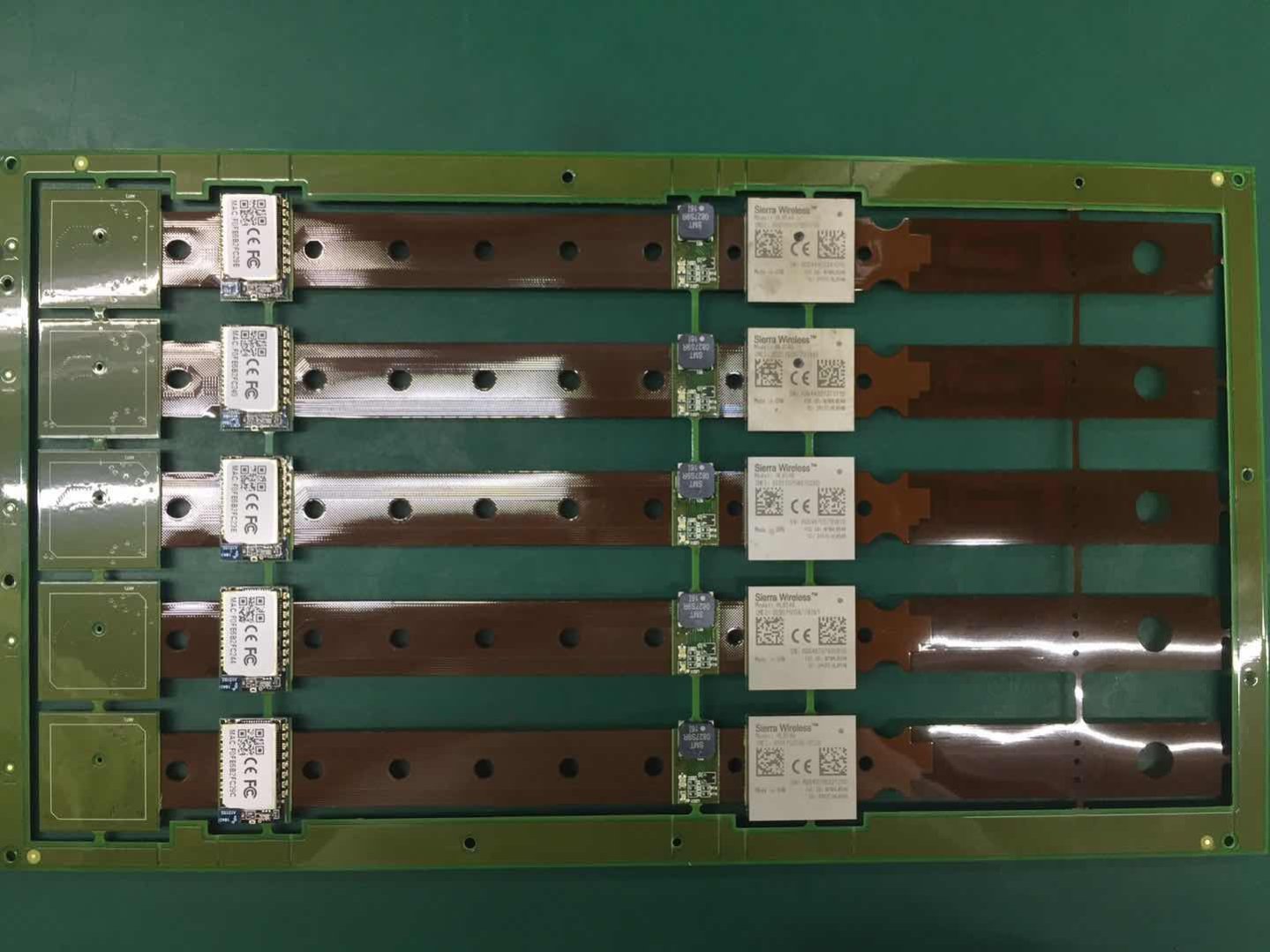 A few days ago, China Household Electrical Appliances Association and Avid Consulting (AVC) jointly released the first "China's elderly household appliances demand research report", the report shows that the annual demand for older appliances has exceeded 60 billion yuan.
A few days ago, China Household Electrical Appliances Association and Avid Consulting (AVC) jointly released the first "China's elderly household appliances demand research report", the report shows that the annual demand for older appliances has exceeded 60 billion yuan. Hu Xiaohong, Director of the Information Consultation Department of the China Household Electrical Appliances Association, said that according to the “Twelfth Five-Year Plan†for the development of China’s aging undertakings announced by the State Council, from 2011 to 2015, the number of people over the age of 60 will increase from 178 million to 221 million. The proportion of the population will increase from 13.3% to 16%. This led to the arrival of the "silver-haired economy," and concepts such as old-age tourism, old-age health care, elderly rehabilitative care, elderly entertainment, and elderly food have emerged one after another, and the market has grown in size. According to AVC's forecast, only in the urban empty-nester households, the annual demand for older appliances will exceed 60 billion.
The report shows that the trend of demand for household appliances by the elderly is mainly reflected in the simplicity, safety, promptness, economy, suitability and transparency of product operations. With age, the physical functions of the elderly are gradually declining. Therefore, the demand for products is concentrated on simplicity, which is mainly reflected in the simplification of product functions, the simplification of operation methods, and the simplification of one-stop maintenance. In the current smart environment, each merchant adds a variety of functions to its products. Taking television as an example, functions such as smart remote control and multi-screen interaction have become almost standard, but the main target group is young people, so in reality There was a dilemma that "80, 90 will not watch TV after 50 and 60 will not watch TV".
In the face of a large number of function buttons, remote controllers and layers of nested interfaces, the elderly as TV users can only select the most commonly used basic functions of tuning and tuning, and other intelligent functions are virtually insignificant; such as cashmere cleaning of washing machines, etc. Although manufacturers strive for full functionality, older people still prefer traditional handwashing methods. Therefore, in combination with the characteristics of the needs of the elderly consumer groups, businesses should consider more about how to “downsizing†product features, rather than simply adding too many tedious features to avoid getting too far.
Specific to television, the report shows that the elderly are most concerned about the quality of the television when buying TV, accounting for 20%, followed by the brand 19%, function 17% and after-sales service 12%. With respect to brands, the preference of the elderly for domestic brands reached 42%, mainly considering cost-effective and mature technologies. In addition to the basic operating functions of television, the elderly have a low frequency of use of other functions. In addition to video on demand, other functions have gradually decreased with age.
Surface-mount technology (SMT) is a method for producing electronic circuits in which the components are mounted or placed directly onto the surface of printed circuit boards (PCBs). An electronic device so made is called a surface-mount device (SMD). In industry, it has largely replaced the through-hole technology construction method of fitting components with wire leads into holes in the Circuit Board. Both technologies can be used on the same board, with the through-hole technology used for components not suitable for surface mounting such as large transformers and heat-sinked power semiconductors.
By employing SMT, the production process speeds up, but the risk of defects also increase due to the components miniaturization and denser packing of boards. In those conditions, detection of failures has become critical for any SMT manufacturing process.[1]
An SMT component is usually smaller than its through-hole counterpart because it has either smaller leads or no leads at all. It may have short pins or leads of various styles, flat contacts, a matrix of solder balls (BGAs), or terminations on the body of the component.

Surface Mount Technology,Surface Mount,Surface Mount Assembly,Surface Mounting Technology
Orilind Limited Company , https://www.orilind.com